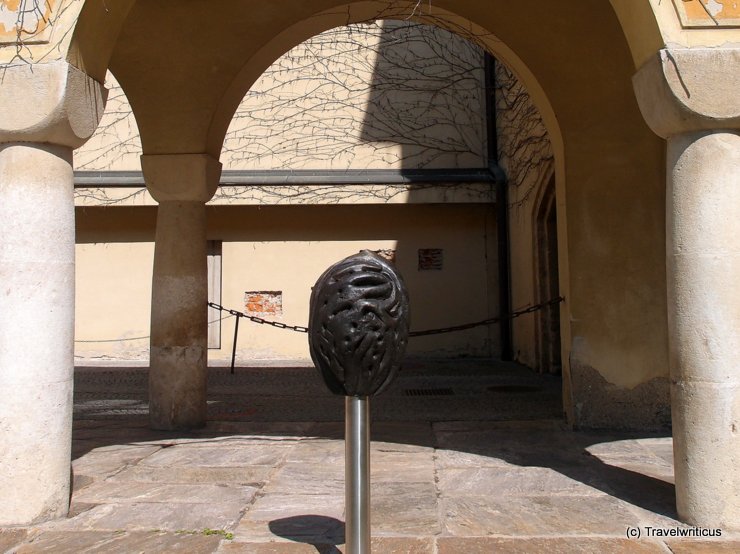
In German, we use the same word for the stone of a fruit and the centre of a city: Kern. So we say Stadtkern to talk about downtown. That’s why this public artwork in the Styrian capital made me smile.
You only see what you know (Goethe)

In German, we use the same word for the stone of a fruit and the centre of a city: Kern. So we say Stadtkern to talk about downtown. That’s why this public artwork in the Styrian capital made me smile.
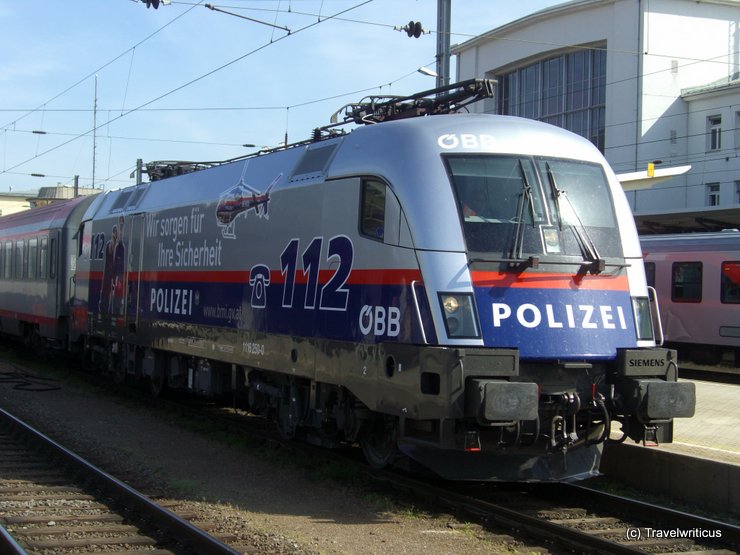
The Federal Austrian Railways (OBB) offers locomotive branding for companies and organisations. A fun example is this loco branded with the colours of the Austrian police (POLIZEI).
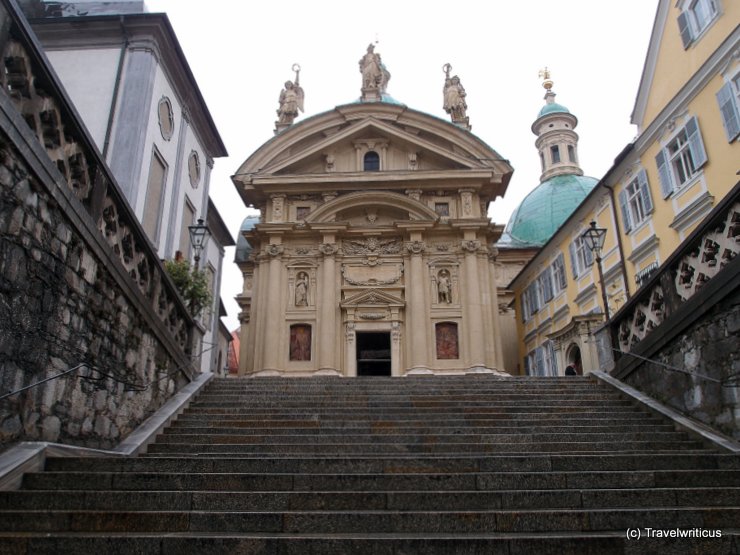
Visitors to the Austrian city of Graz often mention the Italian vibes they experienced in the streets. One reason for this perception is probably the mausoleum of Ferdinand II. The architect of this building was the Italian Giovanni Pietro de Pomis.
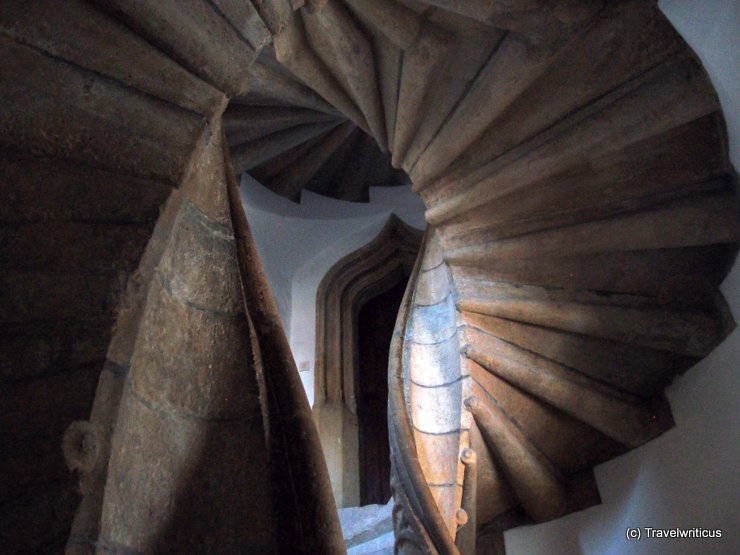
The double spiral staircase of Graz is an architectural element in the former town castle (Grazer Burg). It dates back to around 1500. That way, it is considered the second oldest spiral staircase of its kind.
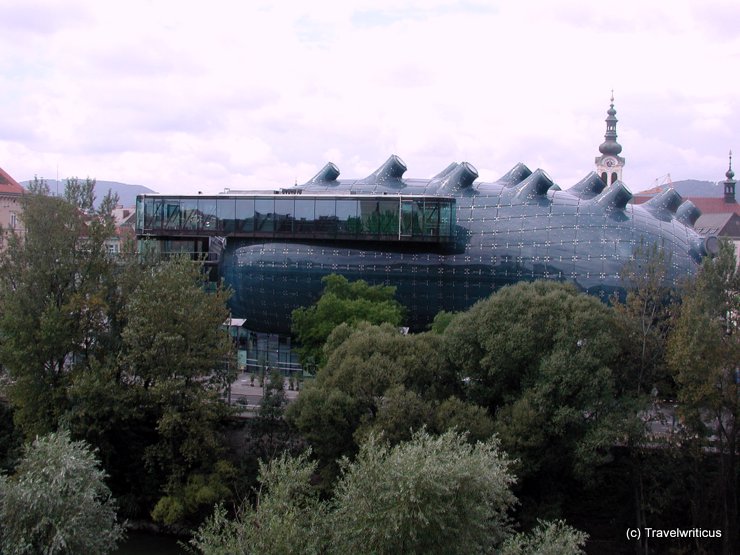
The Kunsthaus, dating back to 2003, shows exhibitions of contemporary art. Because of its architecture, it is generally known as the “Friendly Alien”. The form of an irregular bubble offers the possibility to enjoy bulky sculptures in an appropriate space. [German]
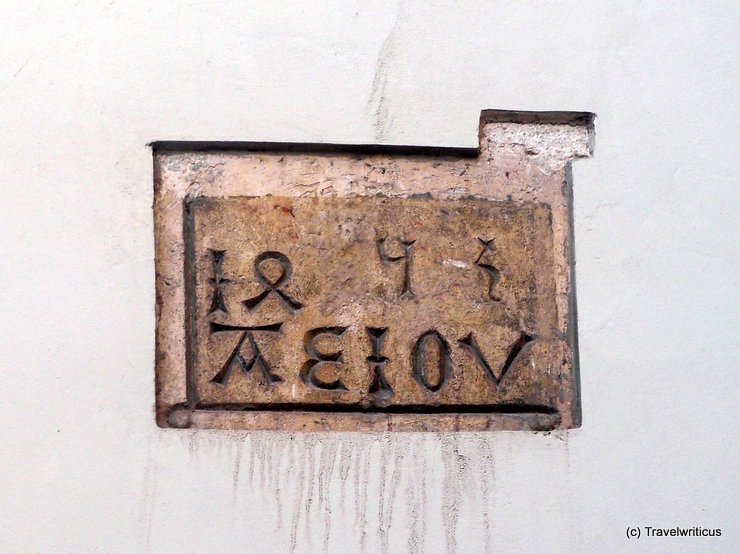
There are a lot of signs in Graz mentioning the string A.E.I.O.U. Habsburg Emperor Frederick III used these vocals to mark his buildings while staying in Graz. The meaning of this string is still unsolved. [German]
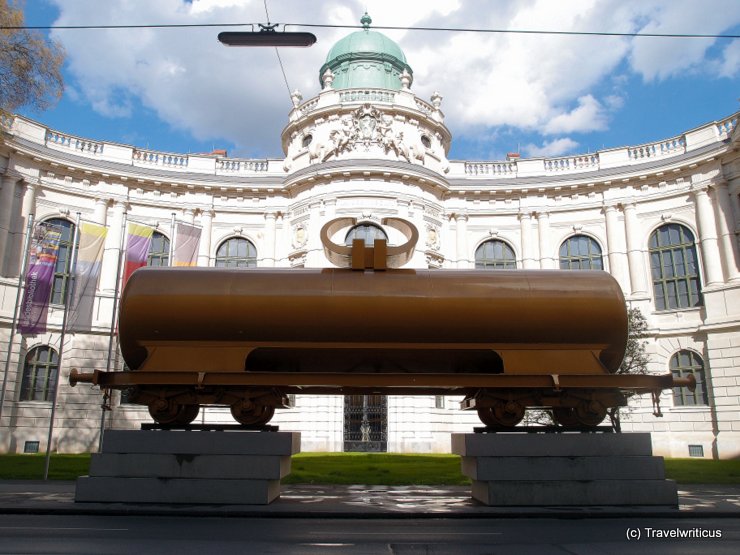
Some years ago, I saw this artwork near the Neue Galerie in Graz. The creator of this piece was Hans Hollein (1934-2014). The striking name of this work with several profound allusions: The Golden Calf (Das goldene Kalb). [German]
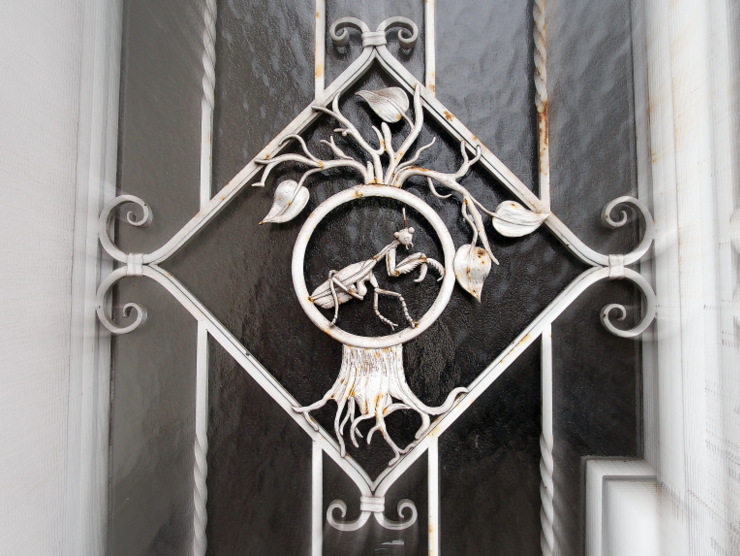
I am a sucker for wrought ironwork. On a walk through Graz, I discovered this image of a praying mantis (Mantis religiosa) as a decoration on a house entrance. What might have been the motivation for this work of art? [German]
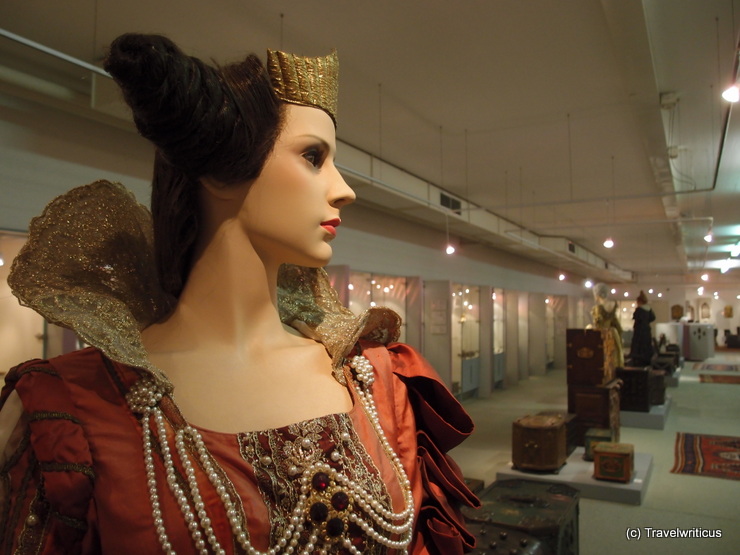
At the Schell Collection, also known as the Museum of Keys (Schlüsselmuseum), you learn a lot about keys, locks, chests and jewellery boxes. Another focus is on decorative ironwork. So you see a compilation of house signs, grave crosses, windows and doors. [German]
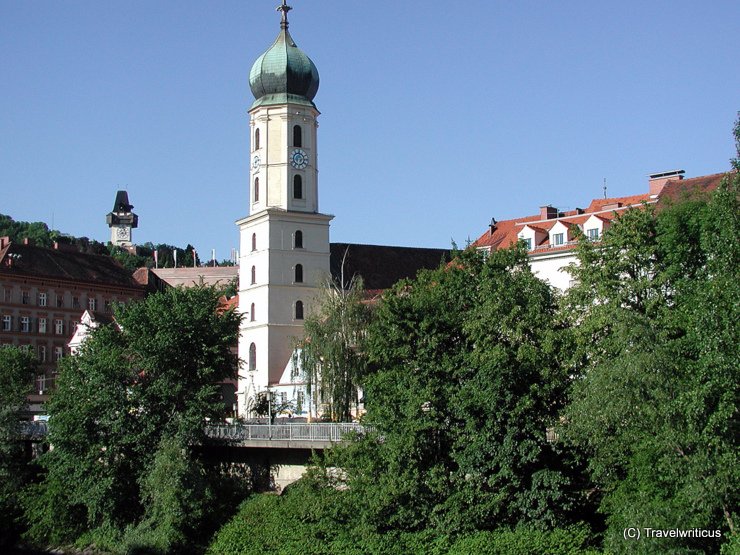
Two beauties of Graz: The landmark of Graz named Uhrturm in the background and the Franciscan Church (Franziskanerkirche) in the foreground. The church is part of the oldest monastery in the city. Sometimes I walk through the hidden cloister for relaxing from the hurly-burly of the shopping streets in Graz.
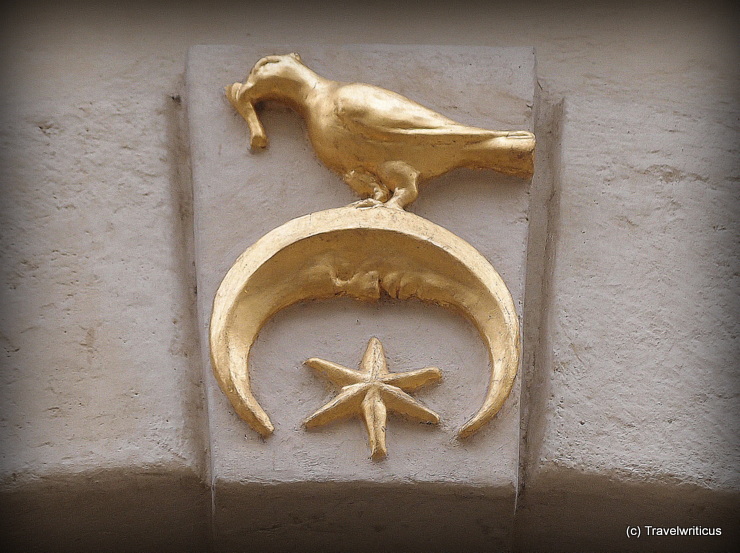
This house sign in Graz shows a bird standing on a combination of a star and a crescent. The combination of star and crescent was already known in the Hellenistic period (4th–1st centuries BCE). The crescent represents the moon, and the star represents the sun or the morning star. [German]
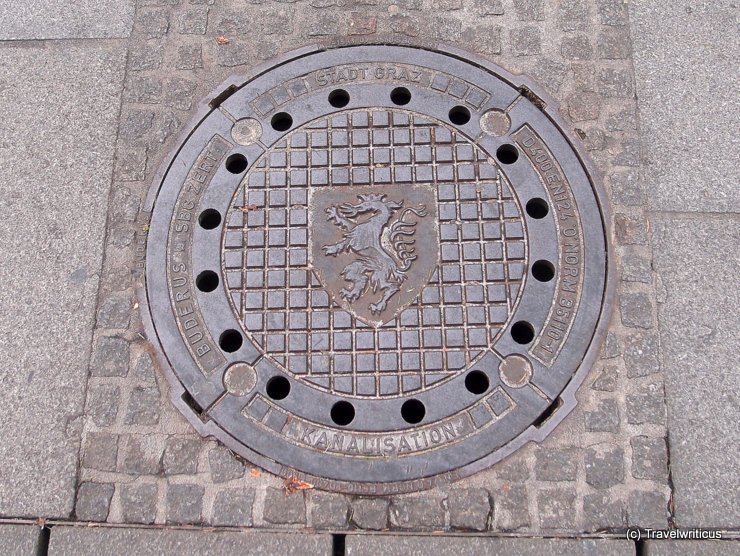
The manhole covers in Graz show the city arms. It is a Panther with flames from all body openings. The depiction is similar to the Styrian coat of arms. However, the modern Styrian Panther has horns and only one flame from his mouth. [German]